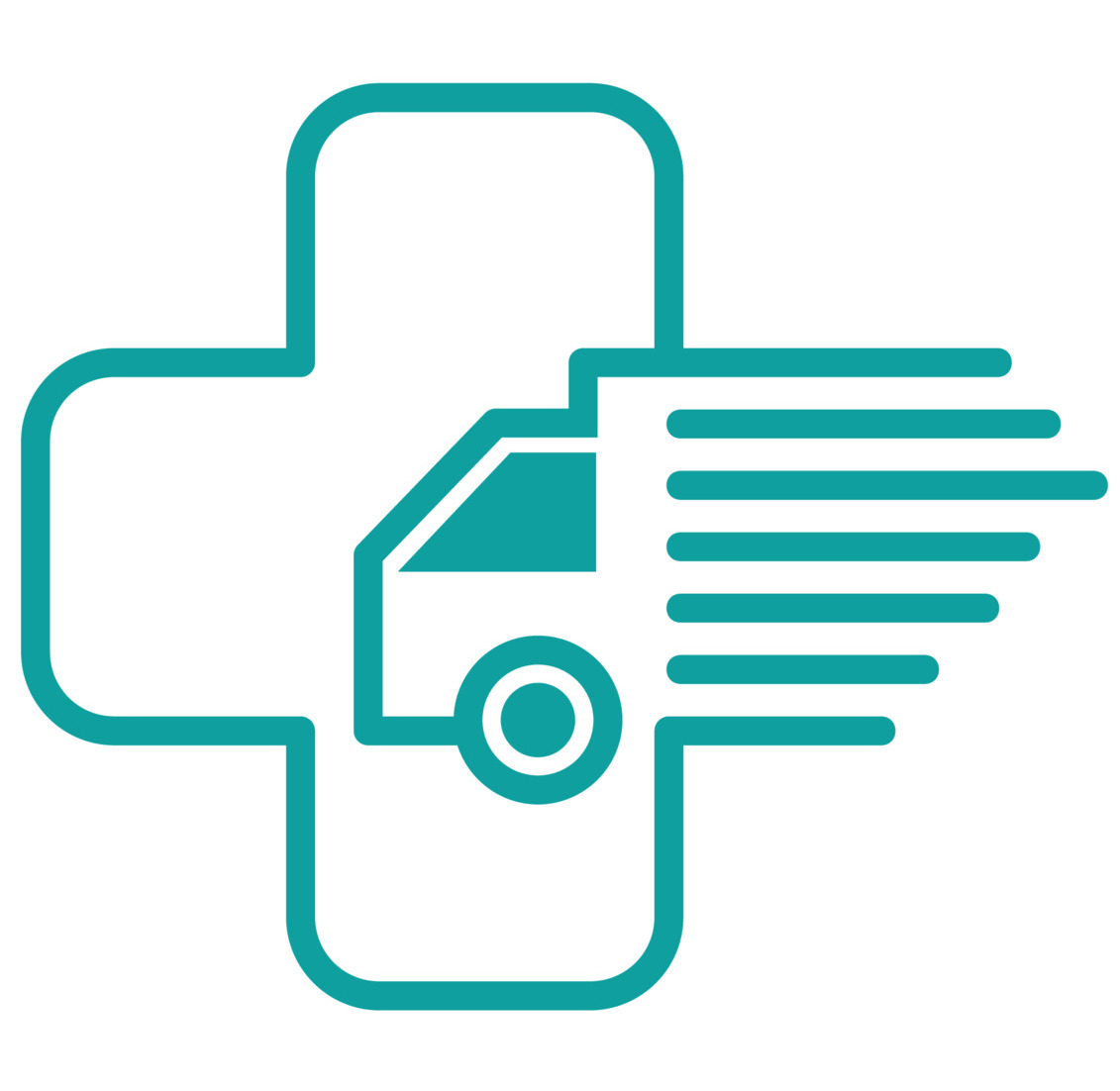Understanding Causes, Treatments, and Long-Term Relief Options
Chronic lower back pain is one of the most common musculoskeletal complaints, affecting millions worldwide. But is there a cure for chronic lower back pain? While there is no single, universal cure, modern science and physiotherapy offer a variety of effective treatments that can significantly reduce symptoms and improve quality of life.
In this article, we’ll break down what causes chronic lower back pain, the latest evidence-based treatments, and how you can take control of your recovery.
🔍 What Is Chronic Lower Back Pain?
Chronic lower back pain refers to pain in the lumbar spine region lasting longer than 12 weeks. It can stem from multiple sources, including:
- Degenerative disc disease
- Facet joint arthritis
- Muscle weakness
- Nerve compression or irritation (e.g. sciatica)
- Poor posture or sedentary lifestyle
- Central sensitisation (where the nervous system amplifies pain signals)
Interestingly, many people with abnormalities on MRI (like disc bulges) may not experience any pain, while others with no clear structural issues can suffer significant discomfort. This highlights the complex and individual nature of chronic back pain.
✅ Can Chronic Lower Back Pain Be Treated or Cured?
There is no “quick fix” or one-size-fits-all cure, but chronic lower back pain is highly treatable through a combination of physical, psychological, and lifestyle-based strategies.
1. Exercise and Physiotherapy
Exercise is the most effective long-term solution for chronic back pain. Physiotherapists often recommend:
- Core strengthening exercises
- McKenzie method (extension-based exercises)
- Yoga or Pilates
- Mobility and posture training
Tailored, progressive exercise helps improve spinal support, reduce stiffness, and build confidence in movement.
2. Manual Therapy (When Combined with Active Rehab)
Hands-on treatments like joint mobilisations, massage, and dry needling can offer short-term relief. However, they’re most effective when paired with exercise and active rehab programs.
3. Pain Education & Cognitive Behavioral Therapy (CBT)
Modern pain science shows that the brain plays a major role in chronic pain. Pain education and CBT help reduce fear, improve coping strategies, and rewire how your body perceives pain.
Patients who understand their pain are more likely to engage in movement and recover faster.
4. Medication (Used Sparingly)
- NSAIDs (e.g., ibuprofen) can reduce inflammation temporarily.
- Antidepressants like duloxetine and nerve medications such as gabapentin may help with nerve-related symptoms.
- Opioids are not recommended for long-term use due to risks of dependency and limited effectiveness.
5. Lifestyle Factors That Impact Back Pain
Addressing the following can have a major impact:
- Sleep quality
- Stress management
- Weight control
- Smoking cessation
- Staying active daily
Chronic pain often improves when the body and mind are both supported.
6. Injections or Surgery (Case-by-Case Basis)
In select cases—like spinal stenosis, significant disc herniations, or nerve root compression—interventions such as cortisone injections or spinal surgery may be recommended. These are not cures but can relieve symptoms enough to resume rehabilitation.
❌ What Doesn’t Work Long-Term
- Prolonged bed rest
- Passive treatments only (e.g. massage or TENS without movement)
- Overuse of medications
- Excessive imaging or unnecessary surgery
Sustainable results come from active participation in your recovery journey—not quick fixes.
💡 The Bottom Line
There may not be a single “cure” for chronic lower back pain, but science shows that with the right approach, it can be managed effectively or even resolved. The most successful treatment plans include:
- Structured physiotherapy and exercise
- Understanding the pain process
- Improving sleep, stress, and overall lifestyle
If you’re struggling with persistent back pain, don’t wait. Early intervention and a personalised care plan can make a significant difference.
📞 Need Help with Chronic Back Pain?
At After Hours Physio, we specialise in treating chronic lower back pain using evidence-based physiotherapy and personalised rehabilitation programs. We offer same-day and after-hours appointments to fit your schedule.
Book your consultation today and take the first step toward a stronger, pain-free back.
